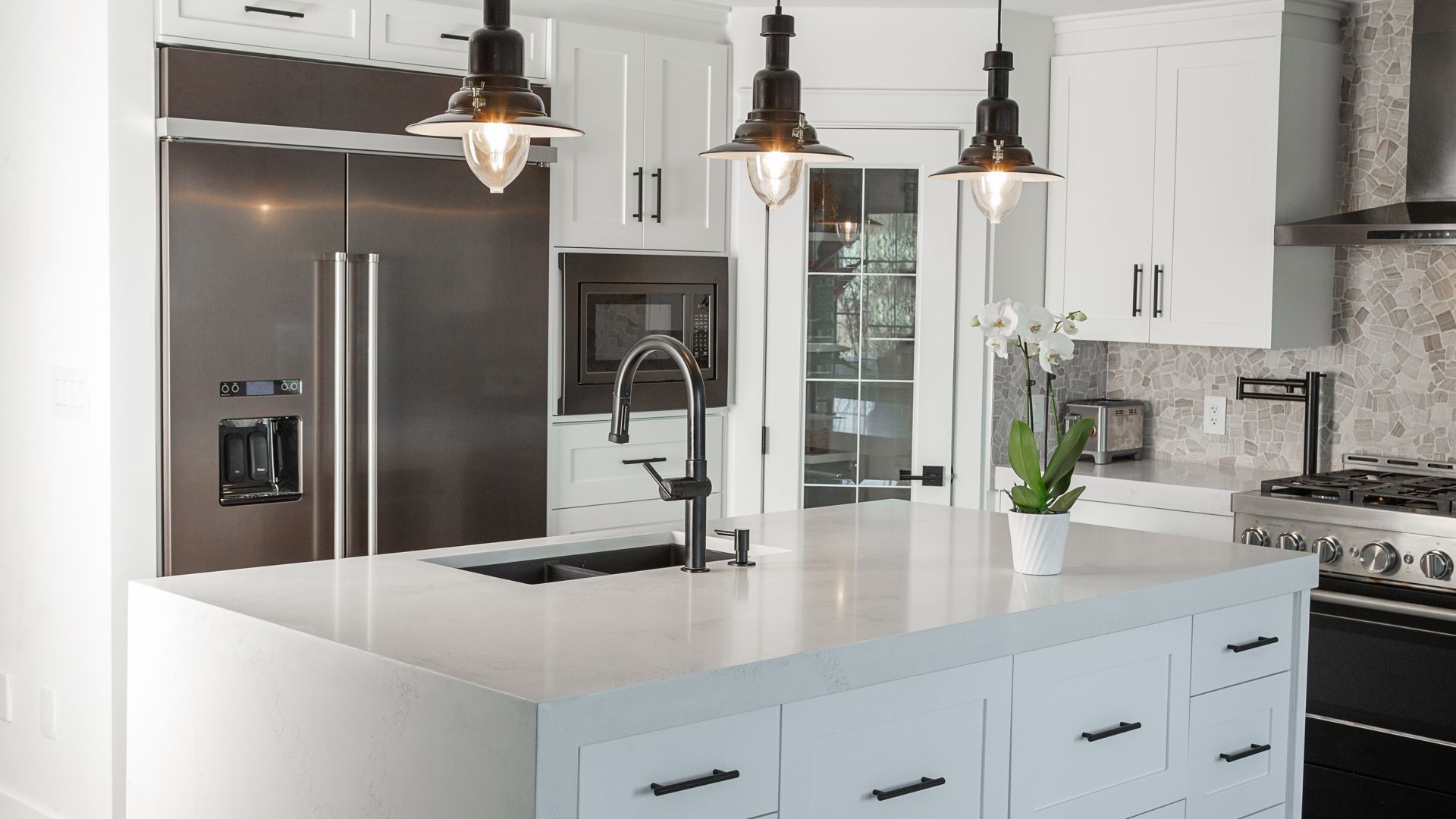When you’re cooking with oil or grease at home, you probably know that it isn’t a good idea to put this grease down the drain when your cooking is finished. Coagulated grease from bacon or other fatty foods can solidify, forming a sticky substance that turns into a clog that is particularly difficult to remove. Therefore, to get rid of grease, any plumber will strongly advise you empty the grease into an empty can or jar and then throw it away later. However, this isn’t a great option for commercial kitchens, where an abundance of grease, the need for speed, and high-power open flames can make leaving grease sitting around a pretty dangerous hazard.
This is why commercial kitchens depend on a device known as a grease trap. On this blog, we’ll explain how these devices work, what you need to know about them, and what you can do to maintain and preserve your trap if you own a business with a commercial kitchen or manage a property with one.
How a Grease Trap Works
If you have ever poured oil into water, you have probably realized something: the two won’t mix. No matter how much you might stir or shake the two together, the oil quickly separates out and floats to the top of the water, keeping the two separate. This principle is what allows a grease trap to operate properly.
With a grease trap, grease, fats, and oils are totally okay to pour down the drain as you would normally. On their way out, the water and waste travel through the grease trap, where the two have space to properly separate. A grease trap is an underground tank that is filled with water and has two chambers connected by a small pipe that runs between them. The grease that flows into the tank quickly floats to the top of the water, while water and food waste sink to the bottom of the tank. The water then flows into the second chamber through the pipe that connects the two. Because grease and oil don’t mix with the water, the water that flows through the connecting pipe is clean and safe to send out to the sewage system for proper treatment.
Over time, the grease and oil concentration in the tank increases, and the amount of water in the tank shrinks. Once the tank is full of grease and there is very little water left, the tank owner needs to call in a pumping company to pump this grease and oil out of the tank, replacing it with fresh water in order to start the process over. How often you need to call for a grease pumping service will depend on the size of your tank and how much you use it.
Why Are Grease Traps Important?
Grease traps are vital for commercial kitchens for a number of reasons. First, as we mentioned before, they are critical to ensuring speed and safety in a commercial kitchen. Grease is not only a vital part of cooking, but it’s also a huge fire hazard, can create slippery conditions if it ends up on the floor, and it is a difficult challenge to deal with. It can quickly become unsanitary and smelly when it cools and solidifies, and that can be extremely unpleasant (not to mention dangerous). Dumping grease down the drain is by far the safest and most convenient way to dispose of grease, and that’s good for businesses where speed is vital.
However, the sewer system and water treatment plants are not built to handle grease and the problems they cause. Sewer lines can jam up with grease clogs, particularly in locations where a restaurant might share certain important plumbing infrastructure with other businesses. In general, grease can cause headaches for everyone, and not just the business that uses it. Therefore, filtering the grease out so it doesn’t cause any issues is vital for a peaceful and seamless business as well as to prevent any potentially serious problems with plumbing and sewage infrastructure. These systems are particularly important for any businesses that may depend on a septic tank system, as grease and oil residue can wreak havoc on a septic tank, resulting in a serious mess that is extremely difficult to clean and treat properly.
Does your grease trap need to be serviced? Call the team at Smith’s Plumbing Services at (901) 290-1110 today and book your service. We also offer backflow prevention and other commercial-grade solutions designed for businesses!